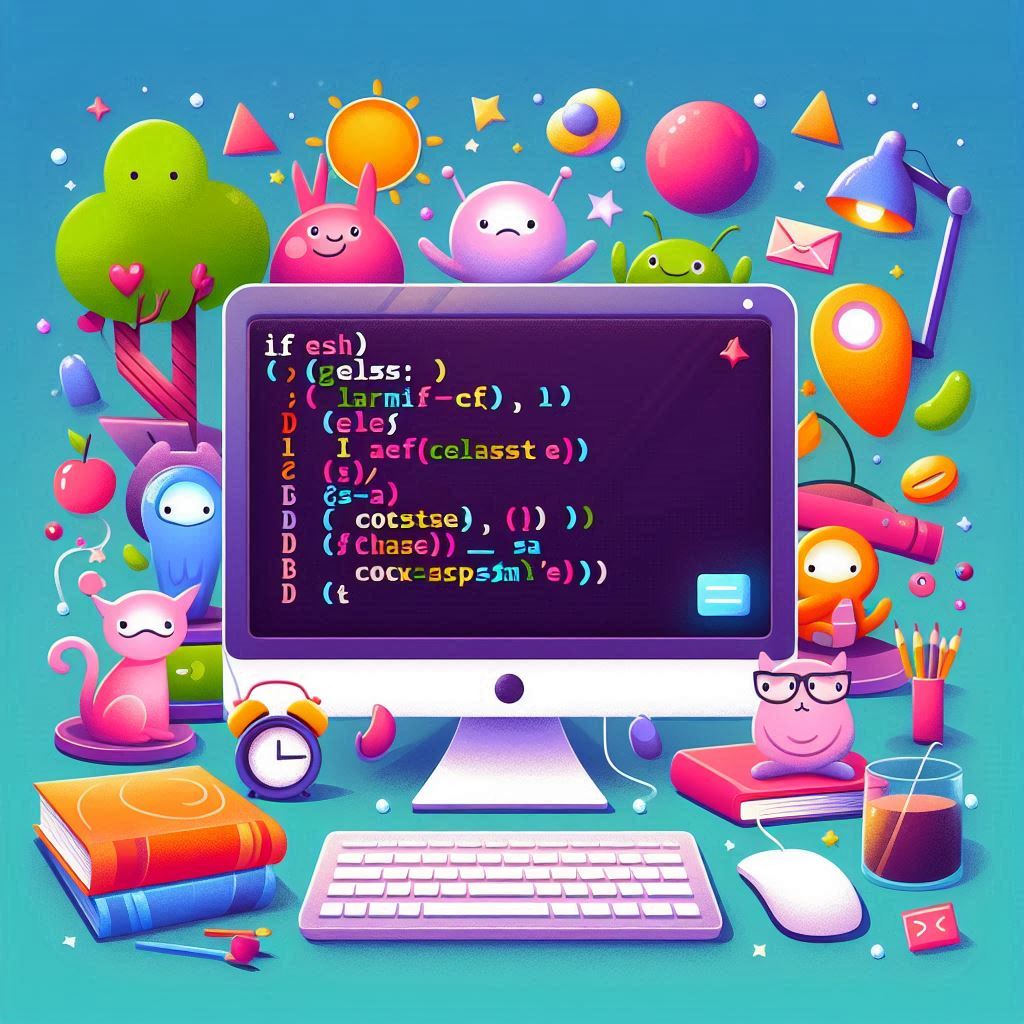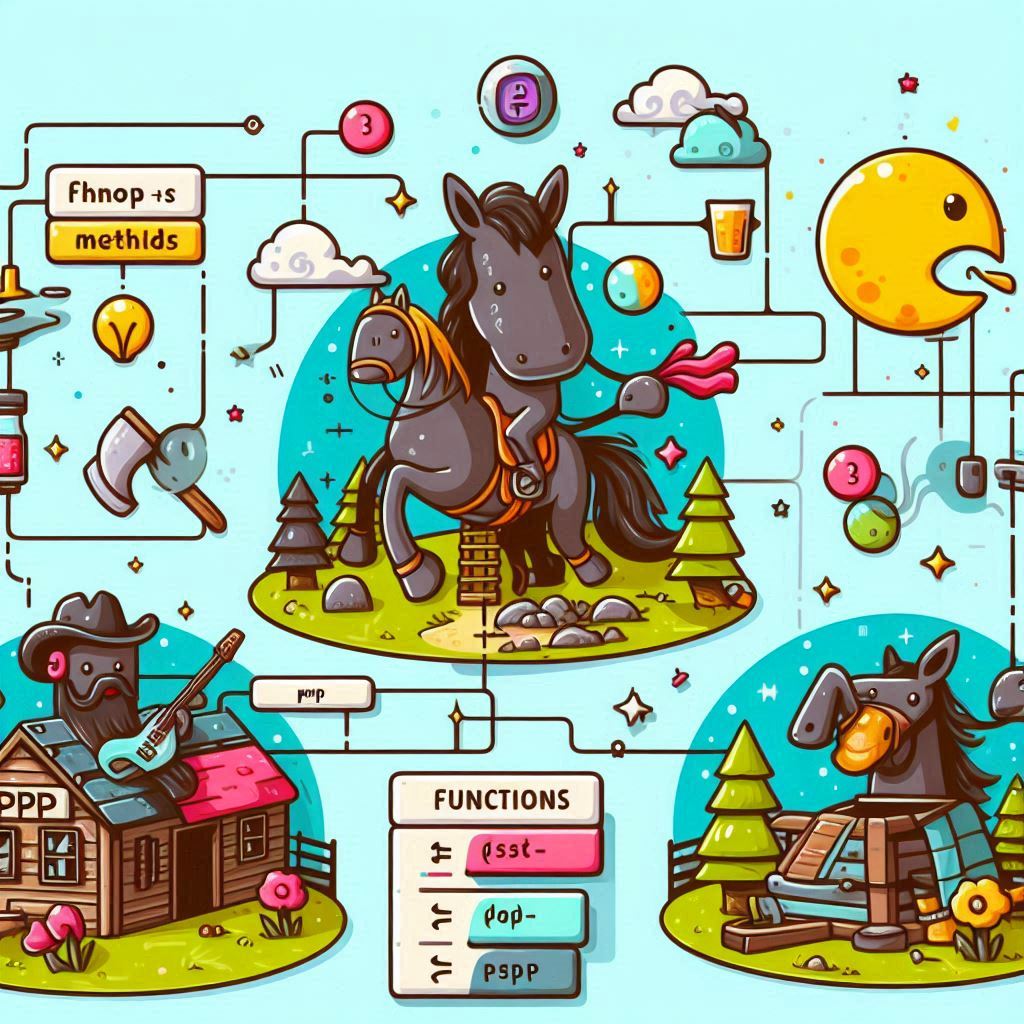When it comes to building robust applications, Control Structures & Errors in PHP play a vital role. From simple if conditions to handling unexpected runtime issues using try/catch, mastering these elements can significantly improve code readability, reduce bugs, and enhance overall application stability.
Many developers underestimate the power of clean control flow and proper error management. Whether you’re creating a WordPress plugin or a standalone PHP script, it’s crucial to understand how to structure logic and gracefully handle problems when things go wrong. This post will walk you through examples of good and bad usage of PHP control structures and error handling so you can refine your code like a pro.
Why Control Structures Matter in PHP
Control structures are the backbone of logical flow in PHP. These include if, switch, while, for, foreach, and more. Misusing them can lead to unreadable and error-prone code.
Bad Example: Unclear Logic Flow
if ($status == 1) echo "Active"; else if ($status == 0) echo "Inactive"; else echo "Unknown";
This one-liner lacks readability and scales poorly. It violates the principle of clean code and can introduce bugs when more conditions are added.
Good Example: Clear and Structured
if ($status === 1) {
echo "Active";
} elseif ($status === 0) {
echo "Inactive";
} else {
echo "Unknown";
}
This version uses proper indentation and clear logic, making the code easier to read and debug. Always use strict comparison (===) unless you have a good reason not to.
Handling Errors Like a Pro in PHP
PHP offers multiple ways to deal with errors, but modern code should lean heavily toward Exception Handling rather than suppressing errors or using die() or exit() for flow control.
Bad Example: Using die() for Error Handling
$conn = mysqli_connect($host, $user, $pass) or die("Database connection failed!");
Using die() interrupts the script abruptly and is not suitable for reusable or production-level code.
Good Example: Using Try/Catch
try {
$conn = new PDO("mysql:host=$host;dbname=$db", $user, $pass);
$conn->setAttribute(PDO::ATTR_ERRMODE, PDO::ERRMODE_EXCEPTION);
echo "Connected successfully";
} catch (PDOException $e) {
error_log($e->getMessage());
echo "Connection failed.";
}
With this method, you can gracefully handle exceptions and even log errors for later debugging—this makes your application more stable and professional.
Control Structures & Errors in PHP: Best Practices
Here are some essential practices to follow:
- Always prefer structured control blocks over one-liners.
- Use strict comparison operators (
===,!==) to avoid unexpected behavior. - Avoid nested control structures when possible; extract logic into functions or switch cases.
- Log exceptions, don’t just show them to users—especially in production.
- Never use
die()orexit()in reusable libraries or modules. - Use custom exceptions when building libraries for better control and consistency.
Writing Error-Free Code with Clean Logic
When writing business logic, clear control flow prevents subtle bugs and makes your code self-documenting. Think of your code as something others (or future-you) will read and maintain.
For example:
function getStatusMessage(int $status): string {
return match($status) {
1 => "Active",
0 => "Inactive",
default => "Unknown",
};
}
This is a modern and elegant way to handle conditional logic in PHP 8.0+. It eliminates long if-else chains and is easier to manage.
Conclusion: Mastering Control Structures & Errors in PHP
To write clean and maintainable code, understanding Control Structures & Errors in PHP is non-negotiable. It’s not just about writing code that works—it’s about writing code that works well, is easy to understand, and handles unexpected issues gracefully. Adopt these good practices now and save yourself from debugging headaches later.
👉 Want to take your PHP skills even further? If you found this guide on Control Structures & Errors in PHP helpful, you’ll definitely want to check out this article on writing clean PHP functions and methods. It dives into practical ways to keep your functions focused, readable, and reusable—an essential companion to mastering clean control flow!
FAQ: Control Structures & Errors in PHP
❓What are control structures in PHP?
Control structures in PHP are used to manage the flow of execution in your code. They include if, else, elseif, switch, while, do-while, for, and foreach. These structures help your application make decisions, loop through data, and execute code conditionally.
❓Why should I avoid deeply nested control structures?
Deeply nested control structures are hard to read, debug, and maintain. They can lead to spaghetti code, where the logic becomes tangled. It’s better to use functions, early returns, or switch statements to flatten the logic.
Bad:
if ($a) {
if ($b) {
if ($c) {
// too deep!
}
}
}
Good:
if (!$a || !$b || !$c) {
return;
}
// cleaner logic here
❓How do I create a custom exception in PHP?
You can extend PHP’s base Exception class to create your own:
class CustomException extends Exception {}
try {
throw new CustomException("Something went wrong!");
} catch (CustomException $e) {
echo $e->getMessage();
}
This makes your error handling more semantic and specific.
❓How can I debug control structure issues?
Use these techniques:
- Log variables and conditions with
var_dump()orprint_r(). - Use
xdebugfor step-by-step debugging. - Break down complex conditions into smaller boolean expressions.
- Use descriptive variable names to avoid logic confusion.
❓Are switch statements better than multiple if-else?
Switch statements are more readable when you’re checking one variable against multiple known values. They reduce repetition and are ideal for cleaner conditional logic.
Example:
switch ($role) {
case 'admin':
// do something
break;
case 'editor':
// do something else
break;
default:
// fallback
}


